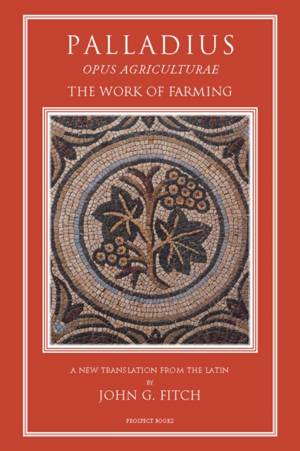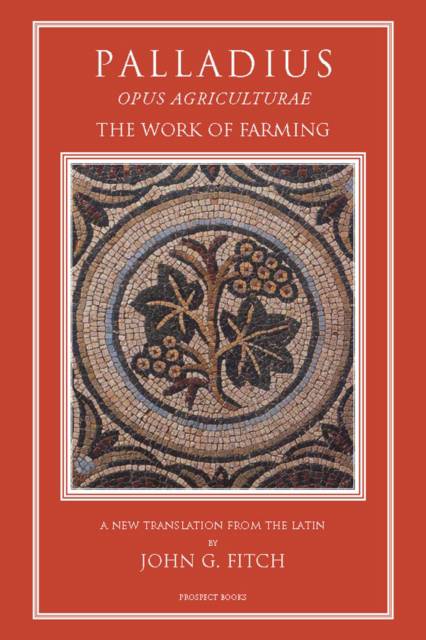
- Afhalen na 1 uur in een winkel met voorraad
- Gratis thuislevering in België vanaf € 30
- Ruim aanbod met 7 miljoen producten
- Afhalen na 1 uur in een winkel met voorraad
- Gratis thuislevering in België vanaf € 30
- Ruim aanbod met 7 miljoen producten
Zoeken
Omschrijving
This is a translation of an essential Roman handbook which later became Medieval Europe's key to classical agriculture. Palladius wrote in the 5th century AD. His is the latest of Roman agricultural texts and perhaps for that reason was the treatise most widely distributed in the medieval world, being translated into Italian, Catalan and Middle English, among other languages. Later, Palladius fell into neglect as the Renaissance preferred more classical authors (Cato, Varro, Columella) and although he was translated into English about 200 years ago (not entirely satisfactorily) his achievements are little known.Palladius is therefore an important guide to agricultural practice at the end of the Empire, and his significance is redoubled because of the sources he relied upon, including Gargilius Martialis, a major text which has not come down to us. Palladius wrote from personal experience of several parts of the Empire; his style is concise and his methods less elaborate than, for instance, Columella's. John Fitch's translation is based on the Rodgers edition of the Latin. This means it includes Book 14, on veterinary medicine, which was not discovered until the 20th century. He provides an introduction placing the work in context; some explicatory drawings, for instance of a reaping machine described by Palladius, and of a wine-pressing room; footnotes elucidating the text itself; and a full index. As the authoritative Latin edition is still available, there is no parallel Latin text in this version.
Specificaties
Betrokkenen
- Auteur(s):
- Uitgeverij:
Inhoud
- Aantal bladzijden:
- 368
- Taal:
- Engels
Eigenschappen
- Productcode (EAN):
- 9781903018927
- Verschijningsdatum:
- 28/02/2013
- Uitvoering:
- Hardcover
- Formaat:
- Genaaid
- Afmetingen:
- 157 mm x 236 mm
- Gewicht:
- 566 g

Alleen bij Standaard Boekhandel
+ 203 punten op je klantenkaart van Standaard Boekhandel
Beoordelingen
We publiceren alleen reviews die voldoen aan de voorwaarden voor reviews. Bekijk onze voorwaarden voor reviews.








